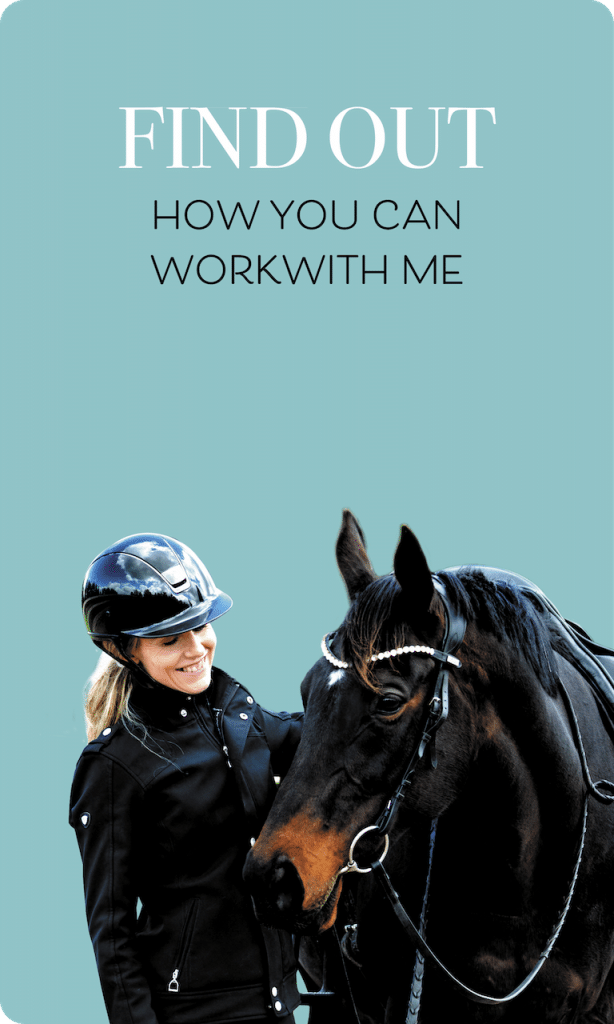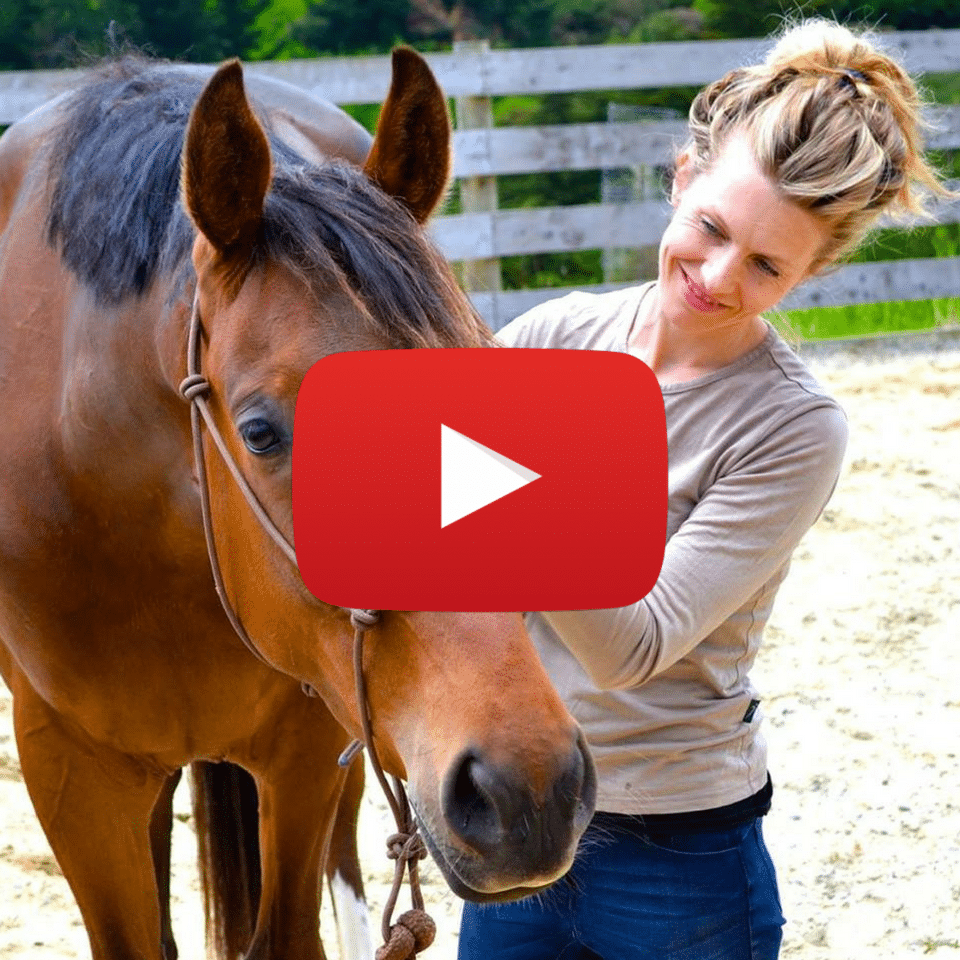One of the things I find challenging about talking about biomechanics from the perspective that I teach it is that it’s somewhat of a paradigm shift from the way we are used to thinking about the body and how it is we sit in the saddle.
The thing about the pelvis as a structure (and beyond that, the body generally) is that the entire structure of the pelvis changes between the parasympathetic and sympathetic nervous system. Like I mentioned in the previous post, in our sympathetic or fight/flight nervous system, both the crest of the pelvis and the underside rim fold in towards midline, changing the orientation of the structures that are a part of it.
The entire pelvis narrows both in width and length. It’s interesting as the pelvis starts to change its position out of fight flight, you will feel less soft tissue around the bony structures (and this occurs regardless of how much weight you carry), as the bones of the body sit closer to the outer tube. The same is true for all the bony structures of the body.
As we move through the sympathetic reflex chain, one of the first structural changes is that the pelvis starts to tuck and curl under; the musculature and soft tissue of the pelvic floor pulls in and up, the tail curls and the pelvic triangle (of which the sit bones are a part) shifts forward.
Anytime we mimic the sympathetic reflex pattern of the body by consciously assuming these positions- regardless of our start point- we trigger the same sympathetic response to occur if the brain were to choose it organically. So if we continue on with the conversation of tucking the tail, the tucking of the tail is part of the sympathetic chain of reflexes, beginning at the fight response.
The hallmarks of sympathetic physiology is:
– Joint space decreasing
– Line of pull of muscles changing to make some more available and some less available
– Forcible change to the structure that opposes how the brain chooses to position the body at any one moment in time
It doesn’t matter what you consider your start point to be, tucking the tail or sitting back on your seat pockets mimics the sympathetic reflex response of the body, and results in a physiological consequence (the triggering of your fight flight nervous system).
The natural questions then arise, well, if tucking the tail isn’t the right thing to do, then should we poke our tail out behind?
Or how it is we should position ourselves if tucking the tail under isn’t it?
And again, this loops me back around to it being somewhat of a paradigm shift to consider things from this perspective.
We love to control and change the body according to outer appearances. Most of us consider these conversations from the point of view of outward postural aesthetic, rather than considering how the internal structures are moving and articulating.
Secondly, we love to think in opposites. Well, we say, if it’s down, this may need to go up, or vice versa. But in reality, it doesn’t work that way.
If your brain has chosen for your pelvis to be positioned in a certain way, altering the tube of the body to be different (by moving in the opposite way) doesn’t change how your internal structures are articulating; it just causes compression and compensation on another part of the body.
If you understand your pelvis to be either posteriorly or anteriorly tilted (and this is a conversation for another day but let’s play with it for a moment), then your pelvis is operating with a sympathetic movement or motor pattern. In order for that to change, the neurological template needs to change.
It’s not a matter of forcibly opposing the tilt or counterbalancing it through tightening this or releasing that, or weighting this or unweighting that.
Instead, it’s the entire pelvic bowl opening and widening; it’s the fascial trains hydrating and the pelvis floor releasing to allow for independent left right movement of the pelvis; it’s the shoulder girdle being lifted up of the rib cage to minimise the force output through the pelvis. It’s all of these things.
Why I singled out the tail in this morning’s blog is because it’s an excellent example of how we can mimic a fight flight reflex in the body. And to move out of that isn’t as simple as just “doing the opposite”. It’s a matter of the entire body widening and opening from a structural perspective, which requires a different approach to what we might typically be used to.
A paradigm shift.
Onwards.
❤️ Jane





